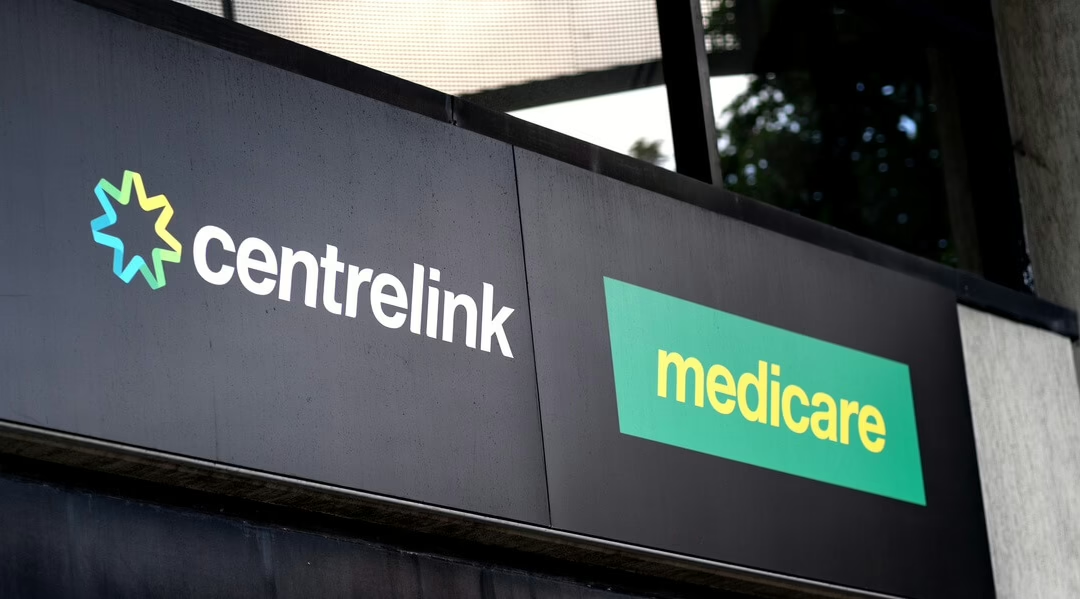Latest News and Articles

When Age Pension meets advice: Understanding granny flat arrangements
There’s a lot to think about when someone considers moving in with family or giving money to help build a granny flat or home extension....

Age Pension changes 1 July 2025
Will you now get more? On 1 July three important Age Pension limits will change. These changes will affect all full Age Pension and...

Are you missing out on cost of living relief?
While inflation has eased off a little, prices are still increasing annually at a rate of 2.4% according to the latest annual CPI data for...

How small financial changes can reap big rewards
Retirement offers an exciting new chapter in life — but it also often brings a range of financial decisions that aren’t always...

A clearer path to retirement
Practical steps to understanding Retirement is a major life milestone—often exciting, but sometimes uncertain. Superannuation,...

The moment of need: a daughter’s reflection
My parents listened differently when the advice came from someone outside the family. I’ve worked in aged care advice for many years. I...

Consolidating your super: All you need to know
Whether you’re approaching retirement or already there, consolidating your super can be one of the simplest and most powerful steps to...

How does your super compare?
Better than you thought? The Australian Tax Office (ATO) quietly released some statistics end June. I say quietly because this data is...

Surprising annual super returns
How did your savings perform? In news just in, Australian super funds have had a third strong year with double digit returns. The...
